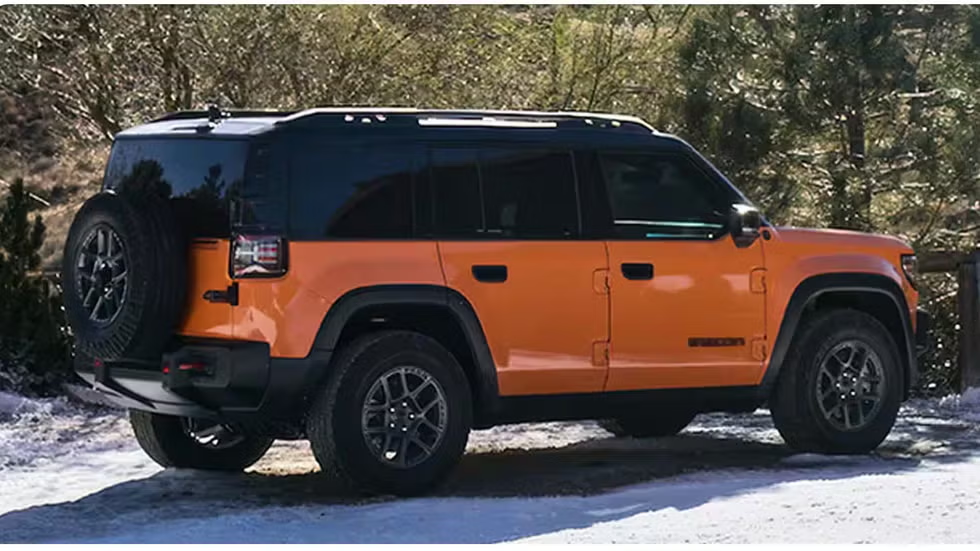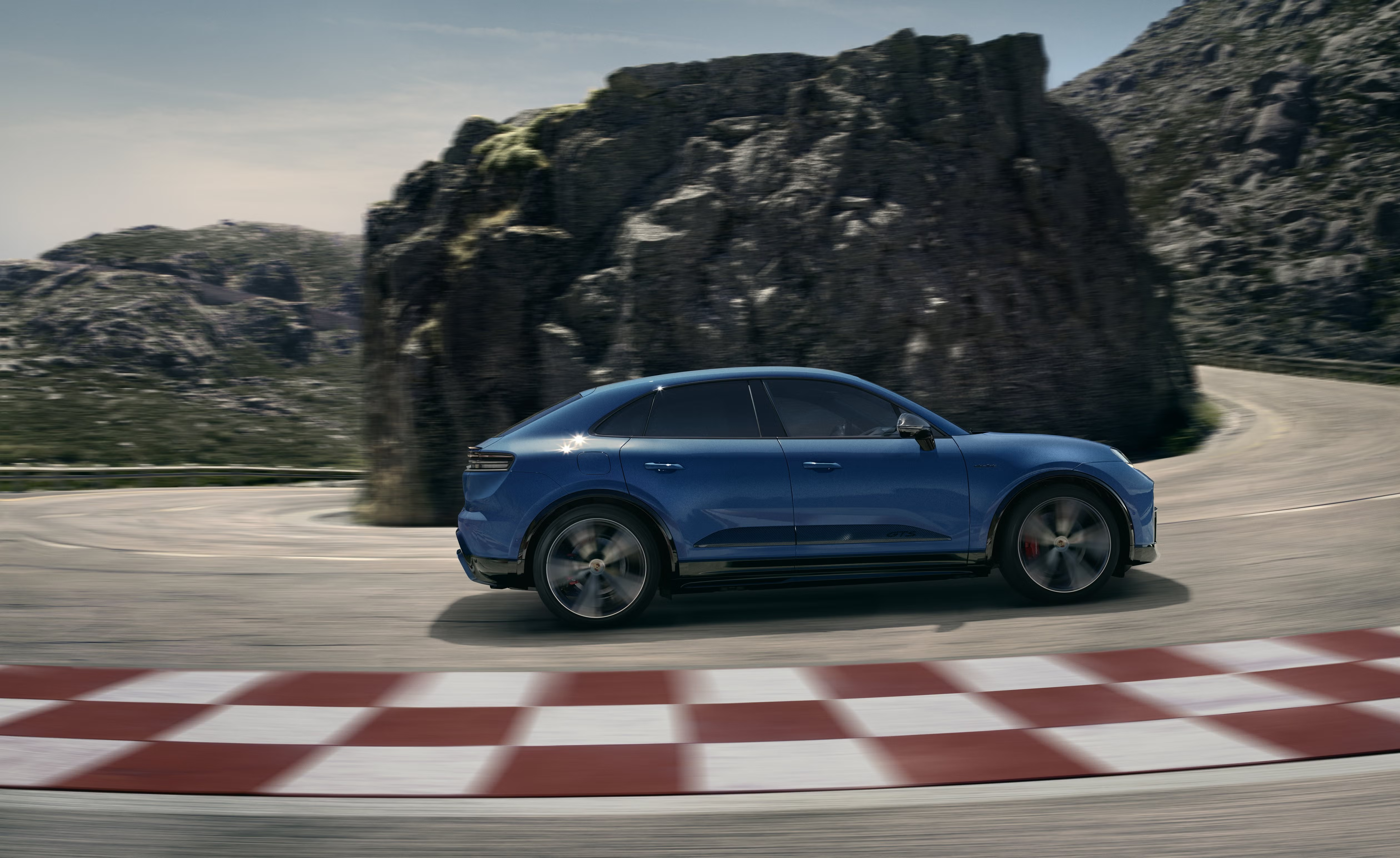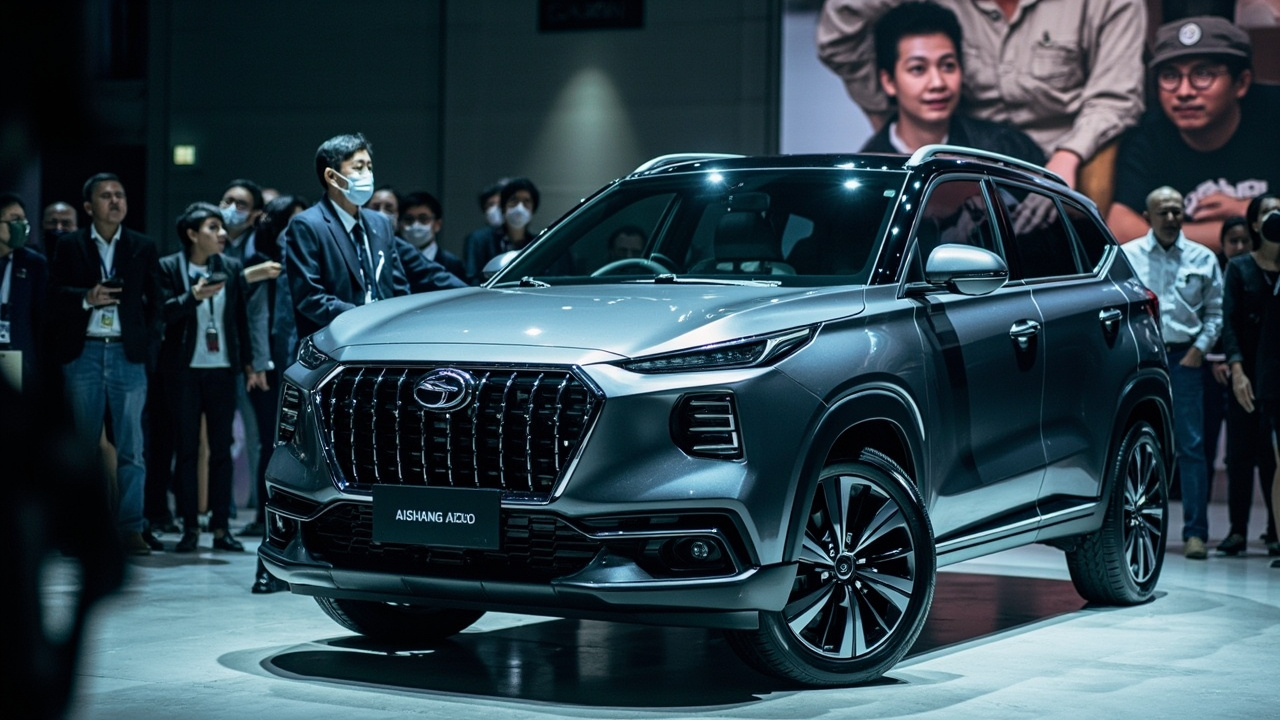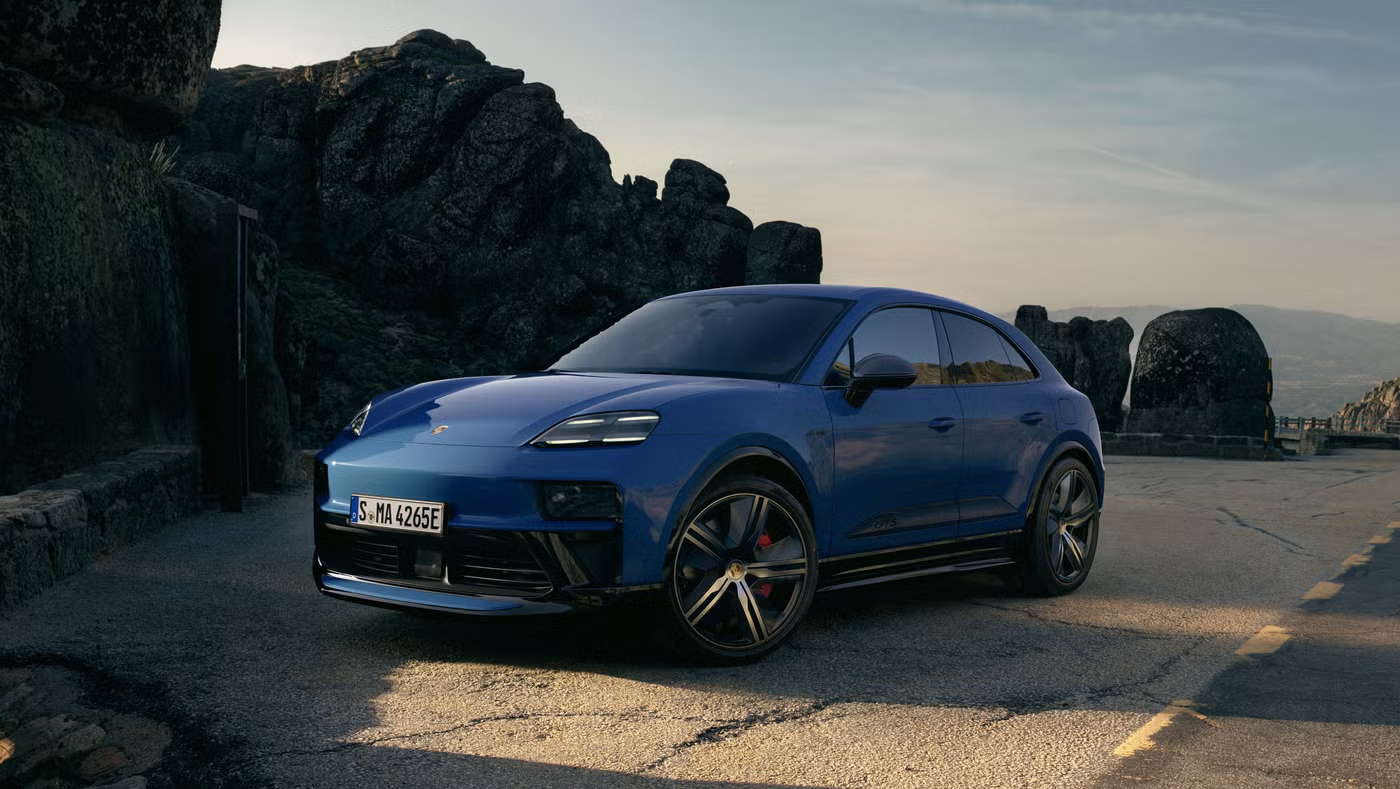FAW Unveils Hongqi E-QM5 Battery Swap Edition, Starting at 12,600 USD
EV editor focused on charging, batteries and ownership costs. Drives a Kia EV6 GT and does tough winter range tests.
In a move poised to influence the electric vehicle market, FAW has officially launched the Hongqi E-QM5 Battery Swap Edition. Priced at an accessible 89,800 yuan (approximately 12,600 USD), this new model reflects FAW's commitment to innovation and efficiency, particularly in the realm of ride-hailing services. With a notable electric range and cutting-edge battery swap capabilities, the E-QM5 is set to make significant waves in the EV sector.
FAW's latest offering, the Hongqi E-QM5 Battery Swap Edition, comes as a strategic development in the electric vehicle landscape. Designed to cater primarily to the ride-hailing market, the E-QM5 maintains the design aesthetics of its predecessors, featuring a closed-off front grille and uniquely styled headlights, with the iconic Hongqi logo taking center stage. Measuring 5040mm in length, 1910mm in width, and 1569mm in height, the mid-size sedan is both practical and stylish, boasting a minimalist interior with a 10.1-inch floating central control screen equipped with voice recognition and a reverse camera. This technological integration highlights FAW's focus on user-centered innovation.
Under the hood, the E-QM5 is powered by a permanent magnet synchronous motor manufactured by Hunan CRRC Times Electric Drive Technology Co., Ltd. The motor offers a maximum output of 150 horsepower and a peak torque of 205 Newton-meters. This power is supported by a 56 kWh lithium iron phosphate battery pack from Contemporary Amperex Technology Co., Limited (CATL), which provides a pure electric range of 500 kilometers. Despite utilizing CATL batteries, the E-QM5 does not seem to employ CATL’s chocolate battery swap network, suggesting reliance on proprietary battery swap stations. This approach underscores FAW's ambition to create a unique infrastructure that supports its vehicles, albeit with significant cost implications.
The battery swap feature presents a practical solution to reduce downtime for drivers, especially in the ride-hailing industry where time equates to income. By allowing quick battery exchanges, the E-QM5 aims to enhance efficiency and convenience. However, the challenge remains in the cost and logistics of establishing a dedicated network of battery swap stations. While the strategy promises quicker energy replenishment compared to traditional charging methods, the long-term success of this model depends on the scalability and user experience of these stations.
FAW’s introduction of the Hongqi E-QM5 comes at a time of significant growth and transformation within the Chinese automotive market. With increasing competition from both domestic and international players, FAW's focus on battery swapping technology aligns with broader industry trends towards enhancing electric vehicle sustainability and utility. As the market continues to evolve, the ability to adapt and innovate will be crucial for maintaining competitiveness. The E-QM5’s launch not only represents a step forward for FAW but also sets a precedent for other manufacturers exploring similar technologies.
Looking forward, the success of the Hongqi E-QM5 will depend heavily on consumer acceptance and the practical deployment of its battery swap stations. FAW's decision to invest in this infrastructure highlights a commitment to redefining the EV experience, particularly for the ride-hailing sector. As consumer expectations grow alongside technological advancements, the E-QM5 stands as a testament to FAW’s vision for a more efficient and accessible electric future. The market will be watching closely to see how this model influences the broader adoption of battery swapping in electric vehicles.
About Elena Park
EV editor focused on charging, batteries and ownership costs. Drives a Kia EV6 GT and does tough winter range tests.



